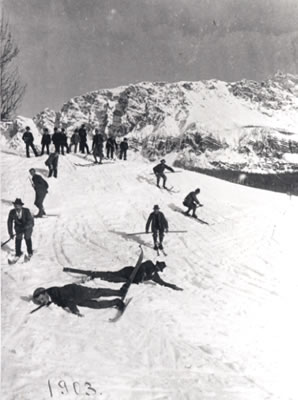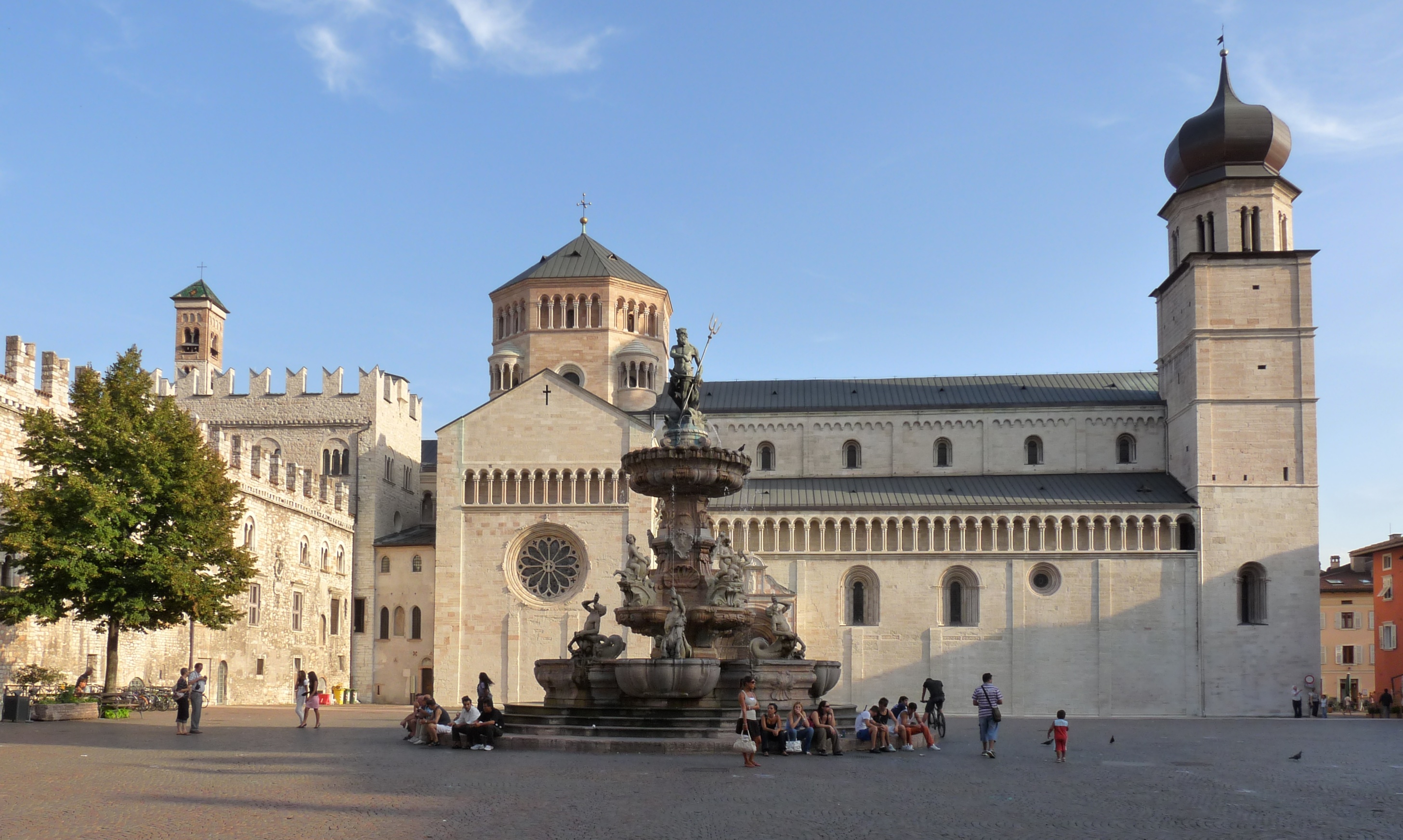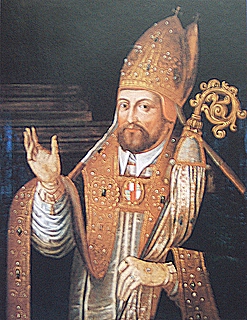|
Tyrol–South Tyrol–Trentino Euroregion
The Tyrol–South Tyrol–Trentino Euroregion (; ) is a Euroregion formed by three different regional authorities in Austria and Italy: the Austrian States of Austria, state of Tyrol (state), Tyrol (i.e. North Tyrol, North and East Tyrol) and the Italian autonomous Provinces of Italy, provinces of South Tyrol and Trentino. Overview The boundaries of the association correspond to the former County of Tyrol, Princely County of Tyrol, a crown land of the Habsburg monarchy (including the former Prince-bishoprics of Prince-Bishopric of Trent, Trent and Bishopric of Brixen, Brixen) which for centuries shaped life in the Alpine region, Alpine region. Excluded from the association due to a change of the province by the fascists, are Cortina d'Ampezzo, Cortina, Livinallongo del Col di Lana, Livinallongo, Colle Santa Lucia, Pedemonte, Valvestino and Magasa, Lombardy, Magasa, but they have voted in 2007/2008 to revert to the provinces of South Tyrol/Trentino, which has not yet been approved ... [...More Info...] [...Related Items...] OR: [Wikipedia] [Google] [Baidu] |
Euroregion
In European politics, the term Euroregion usually refers to a transnational co-operation structure between two (or more) contiguous territories located in different European countries. Euroregions represent a specific type of cross-border region. Scope Euroregions usually do not correspond to any legislative or governmental institution and do not have direct political power. Their work is limited to the competencies of the local and regional authorities which constitute them. They are usually arranged to promote common interests across the border and to cooperate for the common good of the border populations. Criteria The Association of European Border Regions sets the following criteria for the identification of Euroregions:Council of Europe (date unknown). Local and Regional Democracy and Good Governance Website of the Council of Europe. Retrieved from http://www.coe.int/t/dgap/localdemocracy/Areas_of_Work/Transfrontier_Cooperation/Euroregions/What_is_en.asp. * an associat ... [...More Info...] [...Related Items...] OR: [Wikipedia] [Google] [Baidu] |
Italy
Italy, officially the Italian Republic, is a country in Southern Europe, Southern and Western Europe, Western Europe. It consists of Italian Peninsula, a peninsula that extends into the Mediterranean Sea, with the Alps on its northern land border, as well as List of islands of Italy, nearly 800 islands, notably Sicily and Sardinia. Italy shares land borders with France to the west; Switzerland and Austria to the north; Slovenia to the east; and the two enclaves of Vatican City and San Marino. It is the List of European countries by area, tenth-largest country in Europe by area, covering , and the third-most populous member state of the European Union, with nearly 59 million inhabitants. Italy's capital and List of cities in Italy, largest city is Rome; other major cities include Milan, Naples, Turin, Palermo, Bologna, Florence, Genoa, and Venice. The history of Italy goes back to numerous List of ancient peoples of Italy, Italic peoples—notably including the ancient Romans, ... [...More Info...] [...Related Items...] OR: [Wikipedia] [Google] [Baidu] |
Livinallongo Del Col Di Lana
Livinallongo del Col di Lana (; ; ) is a ''comune'' (municipality) in the Province of Belluno in the Italy, Italian region Veneto, located about north of Venice and about northwest of Belluno. Ninety percent of the population speak Ladin language, Ladin as their native language. Twin towns Livinallongo del Col di Lana is town twinning, twinned with: * Gubbio, Italy, since 2014 References Tyrol (region) Cities and towns in Veneto Ladinia {{Veneto-geo-stub ... [...More Info...] [...Related Items...] OR: [Wikipedia] [Google] [Baidu] |
Cortina D'Ampezzo
Cortina d'Ampezzo (; , ; historical ) sometimes abbreviated to simply Cortina, is a town and ''comune'' in the heart of the southern (Dolomites, Dolomitic) Alps in the province of Belluno, in the Veneto region of Northern Italy. Situated on the Boite (river), Boite river, in an alpine valley, it is an upscale summer and winter sport resort known for its skiing trails, scenery, accommodation, shops and après-ski scene, and for its jet set and Italian aristocratic crowd. In the Middle Ages, Ampezzo fell under the jurisdiction of the Patriarchate of Aquileia (State), Patriarchate of Aquileia and of the Holy Roman Empire. In 1420 it was conquered by the Republic of Venice. From 1508, it then spent much of its history under Habsburg rule, briefly undergoing some territorial changes under Napoleon, before being returned to the Austrian Empire (later Austria-Hungary), which held it until 1918. From the nineteenth century, Cortina d'Ampezzo became a notable regional centre for crafts. ... [...More Info...] [...Related Items...] OR: [Wikipedia] [Google] [Baidu] |
Alpine Region
The main valleys of the Alps, orographically by drainage basin. Rhine basin (North Sea) High Rhine *Aare **Limmat ***Linth (Glarus) **** Lake Walen ***** Seeztal **** Klöntal **** Sernftal **Reuss ***Lake Lucerne ****Sarner Aa (Brünig Pass connects to the Aare basin) **** Muota ***Schächental, Klausen Pass connects to Glarus *** Urseren ***Susten Pass connects to the Gadmertal ***Furka Pass connects to the Goms **Saane/Sarine ***Sense ** Gürbetal **Lake Thun, Bernese Oberland *** Kander **** Simmental ***** Diemtigental (Chirel, Fildrich (Narebach, Senggibach, Gurbsbach)) **** Suldtal **** Kiental **** Engstligental **** Kandertal ***, Habkern *** Brienzersee, Interlaken ****Lütschine ***** Saxettal ***** Schwarze Lütschine, Lütschental, Grindelwald, Grosse Scheidegg connects to Reichenbachtal ***** Weisse Lütschine, Lauterbrunnental, Lauterbrunnen ******Sefinental **** Giessbach ****Haslital, Meiringen *****Reichenbachtal (Rychenbach, Seilibach), Grosse Schei ... [...More Info...] [...Related Items...] OR: [Wikipedia] [Google] [Baidu] |
Bishopric Of Brixen
The Prince-Bishopric of Brixen () was an ecclesiastical principality of the Holy Roman Empire in the present-day northern Italian province of South Tyrol. It should not be confused with the larger Catholic diocese, over which the prince-bishops exercised only the ecclesiastical authority of an ordinary bishop. The bishopric in the Eisack/Isarco valley was established in the 6th century and gradually received more secular powers. It gained imperial immediacy in 1027 and remained an Imperial Estate until 1803, when it was secularised to Tyrol. The diocese, however, existed until 1964, and is now part of the Diocese of Bolzano-Brixen. History The Diocese of Brixen is the continuation of that of Säben Abbey near Klausen, which, according to legend, was founded about 350 as ''Sabiona'' by Saint Cassian of Imola. As early as the 3rd century, Christianity had penetrated Sabiona, at that time a Roman custom station of considerable commercial importance. It may have been a retrea ... [...More Info...] [...Related Items...] OR: [Wikipedia] [Google] [Baidu] |
Prince-Bishopric Of Trent
The Prince-Bishopric of Trent (; ) was an ecclesiastical principality roughly corresponding to the present-day Northern Italy, Northern Italian autonomous province of Trentino. It was created in 1027 and existed until 1803, when it was German mediatisation, secularised and absorbed into the County of Tyrol held by the House of Habsburg. Trent was a ''Hochstift'', an Imperial State under the authority of a prince-bishop at Trento. History Middle Ages A first Bishop of Trent is recorded as a participant of the synod at Aquileia in 381. The area was part of the Kingdom of the Lombards, Lombard Kingdom and the Kingdom of Italy (medieval), Kingdom of Italy, until the 951 campaign of Kingdom of Germany, German king Otto I, Holy Roman Emperor, Otto I against King Berengar II of Italy. In 952 Berengar had to cede the March of Verona to Otto, who enfeoffed his younger brother Duke Henry I, Duke of Bavaria, Henry I of Bavaria. From 1004 Emperor Henry II, Holy Roman Emperor, Henry II ... [...More Info...] [...Related Items...] OR: [Wikipedia] [Google] [Baidu] |
Prince-bishop
A prince-bishop is a bishop who is also the civil ruler of some secular principality and sovereignty, as opposed to '' Prince of the Church'' itself, a title associated with cardinals. Since 1951, the sole extant prince-bishop has been the Bishop of Urgell, Catalonia, who has remained ''ex officio'' one of two co-princes of Andorra, along with the French president. Overview In the West, with the decline of imperial power from the 4th century onwards in the face of the barbarian invasions, sometimes Christian bishops of cities took the place of the Roman commander, made secular decisions for the city and led their own troops when necessary. Later relations between a prince-bishop and the burghers were invariably not cordial. As cities demanded charters from emperors, kings, or their prince-bishops and declared themselves independent of the secular territorial magnates, friction intensified between burghers and bishops. The principality or prince-bishopric (Hochstift) r ... [...More Info...] [...Related Items...] OR: [Wikipedia] [Google] [Baidu] |
Habsburg Monarchy
The Habsburg monarchy, also known as Habsburg Empire, or Habsburg Realm (), was the collection of empires, kingdoms, duchies, counties and other polities (composite monarchy) that were ruled by the House of Habsburg. From the 18th century it is also referred to as the Austrian monarchy, the Austrian Empire () or the Danubian monarchy. The history of the Habsburg monarchy can be traced back to the election of Rudolf I of Germany, Rudolf I as King of the Romans, King of Germany in 1273 and his acquisition of the Duchy of Austria for the Habsburgs in 1282. In 1482, Maximilian I, Holy Roman Emperor, Maximilian I acquired the Habsburg Netherlands, Netherlands through marriage. Both realms passed to his grandson and successor, Charles V, Holy Roman Emperor, Charles V, who also inherited the Monarchy of Spain, Spanish throne and Spanish Empire, its colonial possessions, and thus came to rule the Habsburg empire at its greatest territorial extent. The abdication of Charles V in 1556 led ... [...More Info...] [...Related Items...] OR: [Wikipedia] [Google] [Baidu] |
County Of Tyrol
The (Princely) County of Tyrol was an Imperial State, estate of the Holy Roman Empire established about 1140. After 1253, it was ruled by the House of Gorizia and from 1363 by the House of Habsburg. In 1804, the County of Tyrol, unified with the German Mediatisation, secularised prince-bishoprics of Prince-Bishopric of Trent, Trent and Prince-Bishopric of Brixen, Brixen, became a crown land of the Austrian Empire. From 1867, it was a Cisleithanian crown land of Austria-Hungary. Today the territory of the historic crown land is divided between the Italy, Italian autonomous region of Trentino-Alto Adige/Südtirol and the Austrian state of Tyrol (state), Tyrol. The two parts are today associated again in the Tyrol–South Tyrol–Trentino Euroregion. History Establishment At least since King Otto I of Germany had conquered the former Kingdom of the Lombards, Lombard Kingdom of Kingdom of Italy (Holy Roman Empire), Italy in 961 and had himself crowned Holy Roman emperor in R ... [...More Info...] [...Related Items...] OR: [Wikipedia] [Google] [Baidu] |
Provinces Of Italy
The provinces of Italy ( ; Grammatical number#Overview, sing. ) are the second-level administrative divisions of the Italy, Italian Republic, on an intermediate level between a municipality () and a regions of Italy, region (). Since 2015, provinces have been classified as "institutional bodies of second level". There are currently 107 institutional bodies of second level in Italy, including 80 ordinary provinces, 2 autonomous provinces, 4 regional decentralization entities, 6 free municipal consortia, and 14 Metropolitan cities of Italy, metropolitan cities, as well as the Aosta Valley region (which also exercises the powers of a province). Italian provinces (with the exception of the current Sardinian provinces) correspond to the NUTS statistical regions of Italy, NUTS 3 regions. Overview A province of the Italy, Italian Republic is composed of many municipalities (). Usually several provinces together form a region; the region of Aosta Valley is the sole exception—i ... [...More Info...] [...Related Items...] OR: [Wikipedia] [Google] [Baidu] |
East Tyrol
East Tyrol, occasionally East Tirol (), is an exclave of the Austrian federal state of Tyrol, separated from North Tyrol by parts of Salzburg State and parts of Italian South Tyrol (''Südtirol'', ). It is coterminous with the administrative district ('' Bezirk'') of Lienz. History The area around the former Roman ''municipium'' of Aguntum was, from the 12th century, held by the Counts of Gorizia, who took their residence at Lienz and inherited the County of Tyrol in 1253. While Tyrol was lost to the Austrian House of Habsburg in 1363, the Gorizian counts retained Lienz until the extinction of the line in 1500. Emperor Maximilian I of Habsburg finally incorporated it into Austrian Tyrol. East Tyrol's present-day situation arose from the defeat of the Austro-Hungarian Empire in World War I and its subsequent dissolution. By the 1915 Treaty of London, the Kingdom of Italy, which had joined the victorious Triple Entente, was to obtain the Tyrolean lands south of the B ... [...More Info...] [...Related Items...] OR: [Wikipedia] [Google] [Baidu] |





